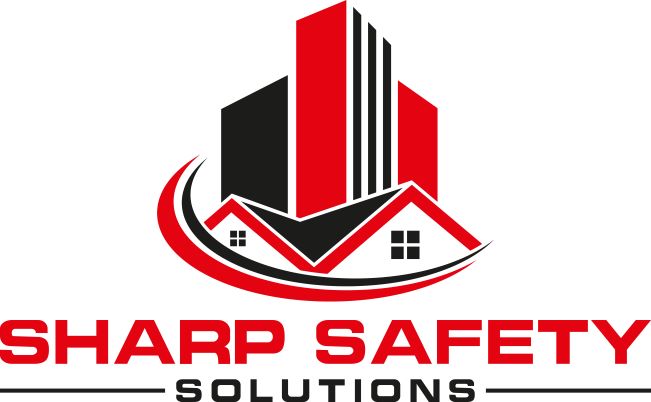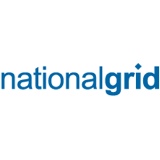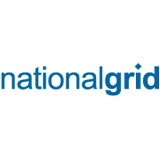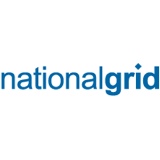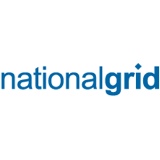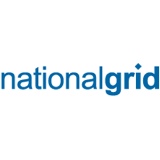Title Page
-
Employer/Business
-
Location/Project
-
Conducted on
-
Prepared by
General of Upper Tier Contractor Responsibilities
-
Accident Prevention Program?
-
List of Subs on site?
-
Walk-around safety inspections conducted?
-
Action taken if safety violations discovered?
-
Subcontractors required to have an accident prevention program?
-
Subs required to wear PPE to do the job?
-
Weekly (or more often) safety meeting with GC employee and subs?
-
Safety expectations effectively communicated to all employees?
Program Requirements, First Aid, and Housekeeping
-
Is the written APP tailed to the hazards? 155-110(2)
-
Are crew leader safety meetings held at the beginning of the job and weekly thereafter? 155-110(5)(a)
-
Are safety meetings tailored to the operations? 155-110(5)(b)
-
Are safety meetings and attendance documented? 155-110(6)(d) & (e)
-
Are weekly site safety inspections conducted? 155-110(9)(a)
-
Are walk-around inspections documented and available for inspection? 155-110(9)(b)
-
Is there a first aid certified person with a valid certificate available when a crew is present? 155-120(1)
-
Do crew leaders, supervisors or person in direct charge of one or more employees have a valid first aid certificate? 155-120(2)
-
Is proper housekeeping maintained at the jobsite? 155-020(1)-(12)
Chemicals/Hazard Communication Globally Harmonized System (GHS)
-
Is a written hazard communication program (HCP) and list of all potentially hazardous chemicals or substances available on site? 901-14010 (1) &(1)(a)
-
Is a SDS for ach hazardous chemical readily available at the job site for emergencies and routine use? 901-14014(7)
-
Are all containers of hazardous chemicals labeled properly? 901-14012(6)
-
Were employees provided with effective information and training about all chemical hazards, necessary safety measures and HCP requirements? 901-14016
-
Do other on-site employers know how to access your SDSs and get information about necessary safety measure and the on-site labeling system? 901-14010(2)
Personal Protective Equipment
-
Are individual hard hats available on site? 155-205(2)
-
Is eye/face protection worn? 155-215(1)(a)/350(3)
-
Are employees required to at least wear a short-sleeved shirt and long pants? 155-200(2)
-
Is leg protection used during chainsaw use? 155-211
Ladders
-
Is the ladder in good useable condition? 876-30005(1)
-
Are defective ladders marked to identify, tagged, or removed from service? 876-30005(4)
-
Are ladders used for the purpose they were designed? 876-40005(1)
-
Is the ladder being used within the maximum intended load or the manufacturer's rated capacity? 876-40005(2)
-
Is the ladder set up on firm level surface or secured to prevent displacement? 876-400015(1)(a)
-
Is the ladder set up at a 4:1? 876-40020(1)
-
Is the ladder secure at the top and bottom when working from the ladder? 876-400-40(2)
-
Is the area around the ladder free of tripping hazards? 876-40025(4)
-
Are employees carrying any objects or loads that could cause them to lose balance and fall while climbing? 876-40025(6)
-
Do ladders extend 3' above the landing surface being accessed? 876-40030(1)
-
If ladders dont extend at least 3' above the landing being accessed, is another grasping device available? 876-40030(2)
Fall Protection Regardless of Height
-
Are employees working above or adjacent to dangerous equipment/machinery? 880-10010(1)
-
Are there unguarded holes? 880-10010(2)
-
Are there any impalement hazards? 880-10010(3)
Fall Protection of Four Feet or More
-
Are there walking-working surfaces with unprotected edges? 880-20005(1)
-
Are there unprotection holes and/or skylight holes? 880-20005(3)(a) & (b)
-
Are openings guarded, where the bottom of the opening is less than 39" above the working surface? 880-20005(5)
-
Are employees wearing fall arrest systems, positioning systems, or net systems to protect from fall while placing or tying reinforcing steel on the face of formwork or reinforcing steel? 880-20005(5)
-
Are employees protected from falls when working on steep pitch roofs (greater than 4:12)? 880-20005(6)
-
Are employees using fall protection while working on low pitch roof (4:12 or less)(doesnt include roofing or leading edge work)? 880-20005(7)
-
Are employee using personal fall restraint or positioning device systems while working on hazardous slopes? 880-20005(8)
Fall Distances 6 Feet or More
-
Are employees protected from fall while engaged in roofing work on a low-pitched roof? 880-30005(1)(a)
-
Are employees protected from falls while contsructing a leading edge? 880-30005(1)(b)
Fall Distances of 10 Feet or More
-
Is there a written fall protection plan onsite that addresses fall hazards of 10 feet or more? 880-10020
-
Excavation and trenching operations: Are employees who are on the protective systems or any other structure in the excavation protected from falls? 880-30005(2)(b)(ii)(B)
-
Excavation and trenching operations: Are employees who are not directly involved with the excavation process and who are working within the affected area of an excavation protected from falls? 880-30005(2)(b)(ii)(A)
-
Are employees protected from falls while engaged in the erection or placement of structural members? (when performed on or from a floor, deck, roof, or similar surface, fall protection is required at 4' or more) 880-30005(2)(a)
-
Electrical
-
Are extension cords with ground pins used? 155-449(1)(b)(ii)(C)
-
Are extension cords free of improper splices? 155-449(7)(b)(iii)
-
Are multi-outlet junction boxes waterproof? 155-449(1)(a)(iii)
-
Are ground -fault circuit interrupters (GFCI) or an assured equipment grounding program used? 15447(2)(a)(i)
Guarding Tools and Equipment
-
Are circular/skill saws properly guarded? 155-370(2)
-
Are table saws guarded (hood, spreader, anti-kickback)? 155-370(3)(a)
-
Are radial-arm saws properly guarded? 155-370(4)(a)
-
Are circular power miter saws properly guarded? 155-370(7)
-
Do all pneumatically driven equipment have safety devices on the muzzles to prevent the tool from ejecting fasteners? 155-360(2)(c)
Trenches and Excavations
-
Were utilities properly located? 155-655(2)(a)
-
Is a stairway, ladder, ramp, or other safe means of egress located in excavations 4' or more in depth, and require no more than 25' of lateral travel? 155-655(3)(b)
-
Are adequate protections used (slope, shore, shield) for excavation 4' or greater in depth? 155-657(1)(a)
-
Was the soil classified by a competent person? 155-66401(3)(a)
-
Are daily inspections of excavations and adjacent areas conducted by a competent person? 155-655(11)(a)
-
Has adequate precautions been taken to protect employees against hazards imposed by water accumulation? 155-655(8)(a)
Scaffolds
-
Is a competent person qualified in erecting, moving, dismantling, or altering scaffold supervising experienced and trained employees selected by the competent person? 874-20004
-
Are working platforms fully planked/decked? 874-20008
-
Is safe access provided? 874-20020
-
Are guardrails or personal fall arrest systems used to protect employees from falls 10 feet or more to a lower level? 874-30030(1)
-
Are guardrails installed in accordance with the standard along open-sides and ends? 874-30030(14)
-
Are scaffolds set up on firm, level foundations, capable of supporting the load? 874-40006
Stairways
-
Are permanent or temporary stairs installed in building or structure two or more stories high, or 24 feet or more in height or depth? 155-477(1)(c)
-
Are stairways having 4 or more risers or rising more than 30", whichever is less, equipped with at least one handrail and one stair rails system along each unprotected side or edge? 155-477(3)(a)(i),(ii)
-
Is a stairway or ladder provided when there is a break in elevation, where personnel points of access are located, of 19" or more? 155-476(1)
-
Ramps, Runways, Inclined Walkways
-
Is the ramp, runway, or inclined walkway at least 18" wide? 880-40010(1)
-
Is the ramp, runway, or inclined walkway slanted less than 20 degrees on the horizontal surface and it is cleated or treated to prevent a slipping hazard on the walking surface? 880-40010(2)
-
Is the ramp, runway, or inclined walkway equipped with a standard guardrail along each open side where there is a fall of 4' or more? 880-20005(2)(a)
Heavy Equipment
-
Trained and authorized users?
-
MEWP (aerial lift) use, with qualified operators?
-
Is the crane currently certified for the state of Washington? 155-52901
-
Is the crane operator certified by an accredited agency? 155-53300(1)(a)
-
Is the rigger qualified with documented written and practical tests? 155-53306
-
Is the signal person qualified with documented written and practical tests? 155-53302
-
Are all parts of the crane, load line or load prevented from getting closer than 20' to power lines? 155-53408(2)(a)(ii)
-
Are forklift (PIT) operators trained and qualified?
-
Is the safet working load displayed, or load charts provided?
